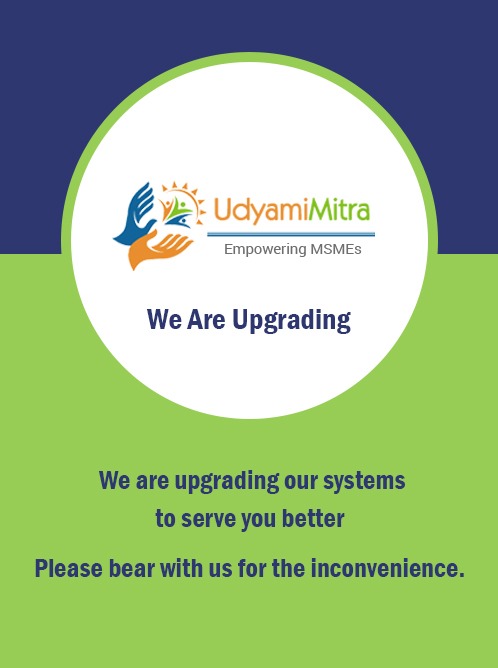About Us
About DMF Trust
Koraput district with its fascinating natural beauty, rich tribal cultural heritage has a potential reserve of bauxite, limestone, decorative-dimension stone which fetches crores of rupees annually as royalty for State Exchequer and supports the industrial progress of the state.
The district in spite of huge natural resources and labor force availability is known for its backwardness. The two major industries NALCO & HAL has not yet been able to improve the rural Koraput. Different developmental and welfare programs of Govt. are implemented in the district and have developed the district both in terms of infrastructure and quality of life. The DMF Scheme as the CSR funds of two industries viz. NALCO and Ampavally Cement Factory is major initiative to bring change in the quality of life of the people of the mining affected villages.
People of the affected villages have an ambitious vision: by 2020, they aspire to see their region emerge developed, strong, confident, and ready to engage with the State economy. They would like to march on the path of economic, social and cultural progress towards prosperity and well-being, to participate in governance and determine the allocation of public resources and public services they receive. Political empowerment in evolving responsive governance would help to achieve social and economic empowerment as well. They want to banish poverty and illiteracy and ensure that every family in the region has the opportunity to live a healthy and secure life with dignity and self-respect. Moving away from the dependency syndrome, people in the region would like to acquire the capability and self-confidence to shape their own destinies. They would like to enjoy their freedoms-freedom from hunger and poverty, the freedom to exercise choice in their avocations, income-earning and spending decisions and political, economic and social freedoms without fear. They would like to enjoy peace and achieve sustainable progress and prosperity.
The challenges to ensuring peace and progress in the region are formidable. The gap between the region and the rest of the district/ State in terms of various developmental outcomes, productivities and capacities of people and institutions in large and growing has to be bridge. The development strategy for the region will have to be participatory and should be calibrated in their own setting. The successful transformation of investments into development outcomes requires a variety of strategic initiatives.
A strategy for encompassing (intensive) development of the region has been prepared to meet the challenge of realizing the vision, which comprises eight interdependent components.
i) Empowerment of the people by maximizing self- governance and participatory development through grass roof planning.
ii) Rural development with a focus on improving agricultural productivity and the creation of non-farm avocation and employment.
iii) Development of School/ College infrastructure to ensure quality education. Special facilities/ incentives for meritorious students for higher studies/ jobs.
iv) Development of Health infrastructure.
V) Special emphasis on women and children. All AWC will be developed with all infrastructure.
vi) Livelihood support to ensure sustainable earnings.
vii) Development of road infrastructure.
viii) Ensuring safe drinking water and sanitations.


